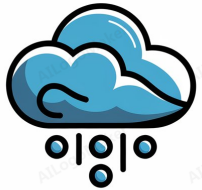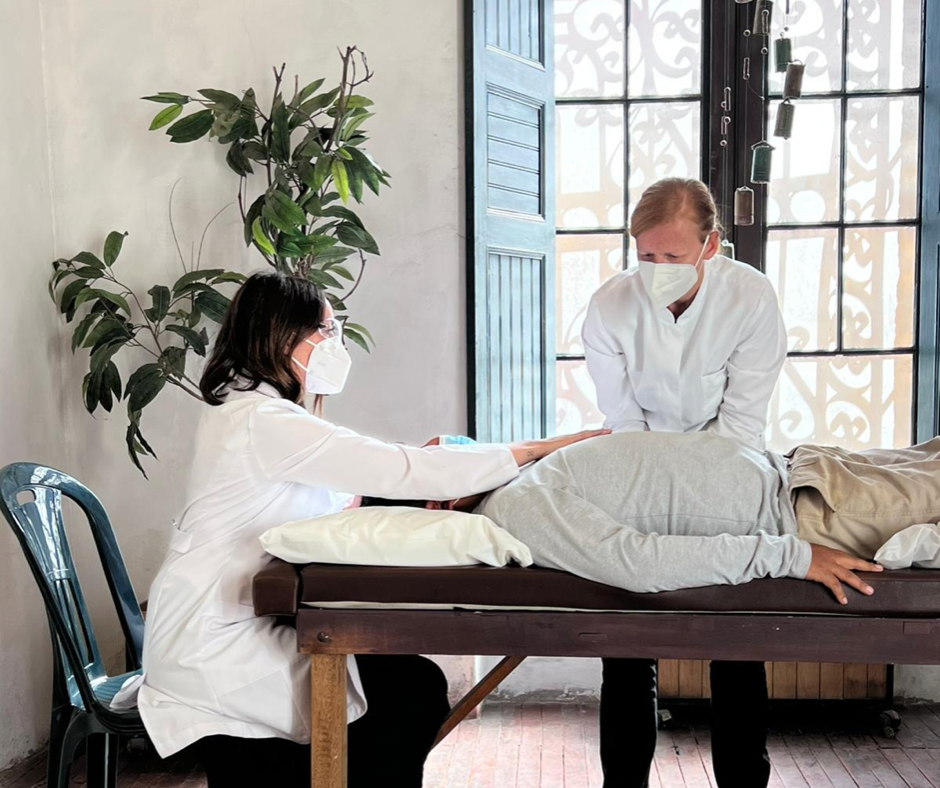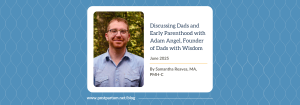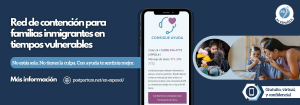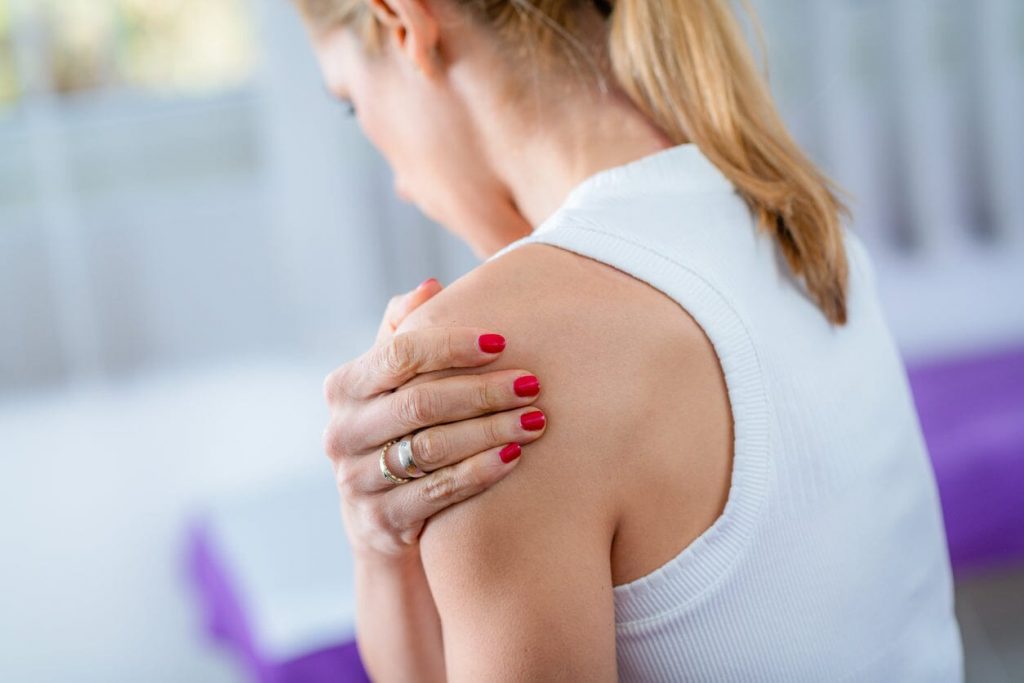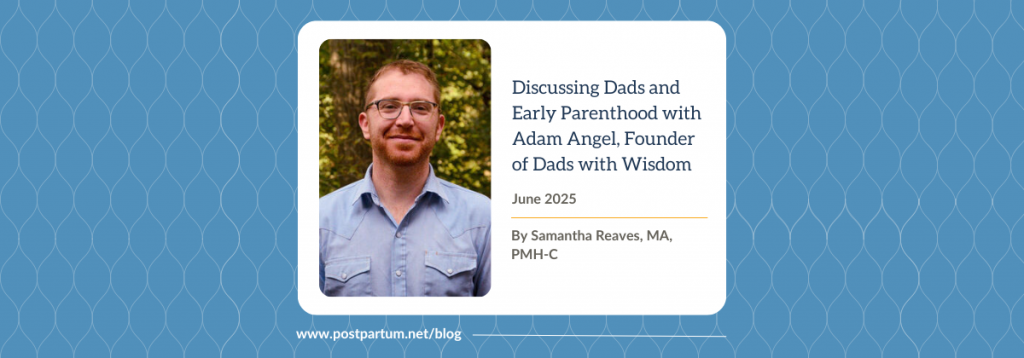Two years and two months ago I had no idea when I arrived in Peru for my forth Osteopathic Without Borders mission that consequences of the Corona virus would fall out in a way and a speed no-one could keep up with.
March 2020
We met daily as a group to debrief the events that were unfolding rapidly, in the country and in the world. Many of us were trying to manage rolling-out policy in our own clinics and attempting to re-schedule flights – all while trying to remain grounded and maintain a fulcrum of healing for a nation that had begun to palpably unravel. I put on a brave, sleep deprived, face, tried to manage my own accumulating fears and stepped into my work day….
The level of fear in the community was tangible. The very definition of a white medical professional in a lab coat – meant, for some, disease. I had a patient request that I remove my lab coat to help manage her anxiety about our session, an illogical solution for some but a very real strategy for her. Taxis no longer wanted to pick us up (and if you know Peru, you know that Taxis soliciting tourists is like bees on something sweet), locals began crossing the street when we approached, you could no longer find hand soap or sanitizer to purchase and rumours began circulating about the borders being closed.
On March 15 2020, with only 28 confirmed cases in the country and no reported deaths, the Peruvian government declared a nationwide state of emergency and very strict lockdowns ensued. Peru was one of the fastest and most aggressive countries to enforce preventative measures to help contain and manage the virus. A series of strongly control measures were introduced, including, closing borders, restricting freedom of movement nationwide for all citizens and banning crowds from gathering. Schools, universities and churches were closed. All non-essential activities and services were restricted, including non-emergency primary healthcare.
Despite Peru’s early and aggressive measures, the very social-economic pulse of the country made for a perfect “infectious” storm for the virus to take hold and leave behind a devastating trail. Sadly, Peru’s death rate from Covid-19 is the highest in the world, far higher than any of its South American neighbours and a rate six time greater than Canada. With a population of more than 33 million, Peru has seen over 3,561,677 million cases and more the 212,761 Covid-19 related deaths. Peru’s per capita death rate is unequaled. To put things into perspective…Canada’s death rate is just over 1,000 per million, while Peru’s Covid-19 death rate is 6,452 per million, despite having comparable “reported” case counts.
Poignant Perspective
Some of the beautiful cultural nuances that make Peru, Peru, contributed to the country being completely devastated with the eruption of Covid-19 cases. Daily trips to food markets and long queues at the bank lead to transmission hotspots. The government did not have the capacity to deliver cash and food to its citizens, and a Peruvians priority became having something to eat for the day, not staying at home and trying not to get the virus.
Other factors in Peru’s Covid storm were an underfunded public health-care system, overcrowding living conditions and a huge informal economy. An estimated 70% of Peruvians survive off informal jobs, with nearly a quarter of Peru’s 33 million citizens living below the poverty line. Strict lockdowns meant that the high number of informal jobs were no longer accessible and most Peruvians had no means of earning money. Many Peruvians work away from home, which meant a large number were displaced from their loved ones for more than 5 months when the strict nationwide lockdowns and military guarded road blocks erected. Some chose to take the risk of being detained or killed and hired a driver to take them home illegally at night in hopes of avoiding military barricades.
Just two months into the pandemic, the hospitals were on the verge of collapse, the medical system was completely ill-equipped to manage the crisis. Peru’s medical supplies depend entirely on imports and Peru could not compete with wealthier countries purchasing limited PPE, testing supplies and vaccines once they were available. There were not sufficient supplies of medical oxygen to treat patients, leading to an unprecedented number of fatalities. Hospitals were overflowing with patients due to limited beds allocated for Covid-19 care; hallways were filled with patients on army cots, some even on cardboard, and tents were set up outside facilities. In January 2020, months prior to the pandemic, according to the ministry of health, 78% of health and medical centres had inadequate capacity to provide basic services (with obsolete, inoperative or insufficient equipment), by the beginning of 2021, that number had risen to 97% of primary services. Staffing numbers declined as many doctors and nurses fell ill to Covid-19, some did not return, and those that did stay, much like our system, held immense fear for their children and families and were/are completely burnt out from long hours and working conditions.
The surge in infections and deaths led to complete chaos. The morgues and cemeteries were full. Crematoriums could not keep up the rate of deaths and eventually shut down all together. In some instances, local officials approved secret burials and concealed the fate and burial location of many Covid-19 victims. Instead of local cemetery’s, mass grave sites were alternatively created in fields and roadsides. To date, family members are still demanding answers and the truth about their loved ones remains.
The “shadow pandemic” remains a major global consequence of the lockdowns. In Peru, thousands of women, many of them girls and adolescents, have been reported missing and are feared dead. Even in pre-pandemic times the rate of physical and sexual violence against Peruvian women was very high. The stress from economic hardship, social isolation and restricted movement lead to many victims being trapped at home with their abusers, with little to no support services available. A troubling number of sexual assaults against girls and adolescents were reported in Peru in the last two years. Before Covid-19, five women were reported missing in Peru every day, since the lockdown that number has surged to at least 8. The numbers continued to climb even with the high police and military presence enforcing lockdown measures and less means of reporting the violence. This exposed an emergency that has been invisible for decades – the emergency women and girls face and live inside their own homes everyday.
It is also estimated that Peru has one of the world’s worst rates of children being orphaned or bereft of their caregivers due to Covid-19. At least 99,000 children in Peru lost a parent or caregiver (more then one in a 100), and over 1000 Peruvian children died from Covid-19. Many now face consequences of the “hidden pandemic” crisis of orphan-hood, depression, anxiety and poverty; damaging the mental and physical health and economic futures. The impacts of loss and mental health throughout the life of this population will be marked and incredibly complex for years to come.
During the pandemic Peru also lacked the stable political leadership needed to address the crisis locally and to negotiate obtaining medical supplies and vaccines abroad. The turnover of a new president, 4 times in 6 months, contributed to an already complicated and unstable political situation. Having 4 different presidents in a short period of time made is nearly impossible for the government to effectively respond to the medical, economical and social crisis its citizens faced, and continue to face. Peru’s inflation rate hit 7.96% in April of this year, the highest level the country has seen in 24 years. And yes, we are all seeing the impacts of inflation, but 8% on top of an already struggling nation will have devastating and long standing implications. The politically fragile country will have to grapple with rising food and energy costs, paralyzing its efforts to gain any real economic momentum as it tries to recover from the scars left behind from the pandemic.
May 2022
The first two waves of Covid-19 were incredibly lethal in Peru. The third wave arrived in January 2022, with only a moderate increase in deaths despite a jump in infections, and the situation has continued to improve. At the time I returned back to Peru in May of this year, a number of restrictions and policies remained in place for both locals and tourists alike. Three vaccinations or a negative PCR test was required over the age of 18 to travel domestically within the country, to shop, to enter markets and to dine-in restaurants. We were also required to wear either a KN94 style mask or 2 masks, both indoors and outside. Schools were only just returning to in-class sessions after being away for over two years; leaving a profound impact on learning, particularly for those students from poor households and/or without internet access.
As a group we debriefed about the likely pandemic impacts we’d bare witness to, as well as the unraveling and volatile political situation that currently occupies Peru. The medical policies and requirements to facilitate an Osteopathic clinic were extensive – including evaluation of temperature and oxygen levels of each patient, extensive cleaning, sanitization and PPE requirements. Even with these measures in place – many were reluctant to schedule appointments and most patients brought in their own sheets and pillow cases. Data and time has given us the gift of knowing more about Covid-19 then we knew back in March 2020, but in the eyes of most Peruvians…science and data are over-shadowed by their lived truth and the unmistakable realities they survived.
The level of fear and post pandemic trauma was palpable in every patient I treated. Many have stories of loss and immeasurable impacts they have endured…much of which we can only begin to imagine and understand. The last 2 years has taken up real-estate in their body’s even if not spoken in their words. The level of real lived fear and grief is enormous and weighted…transmuted in their eyes, their tissue and their behaviours. The novel coronavirus exposed and exploited their vulnerabilities, but did not diminish their resilience and their capacity to love and connect. Their picture was painted with the brush of their lived perspective and experiences.
I knew it would not be easy going back, but in many way, the decision to return was made the day I left in March 2020. I knew that there would be many parts of myself that would be deeply impacted by what I’d feel and see, but I also knew that my return would undeniably be part of my own healing journey. The home we stay in while we’re in Peru had not been lived in since I left over two years ago. Time stood still as the calendar remained marked at March 2020, while the visible signs of age in the walls were felt and seen. I hugged friends and patients I’d not seen since I scrambled to leave the country 2 years ago, like we’d all been through battle together. Not taking any of the precious moments we share(d) for granted. I walked through a community, that feels much like my second home, like it was both for the first and last time I might see it. Through a lens that will forever be changed by what we have endured, with a deep and profound level of reverence and gratitude. Peru, thank you for showing me perspective and exposing my privilege, through your benevolence and grace. Blessings and Love. Ayni Ayni.
